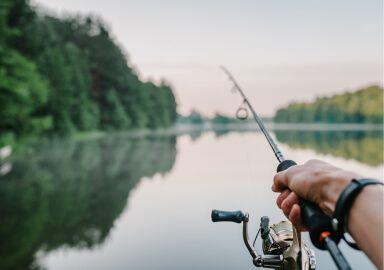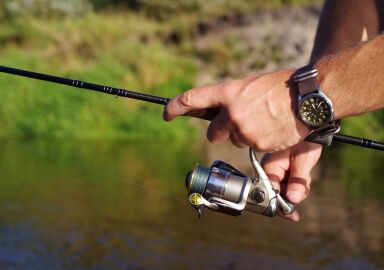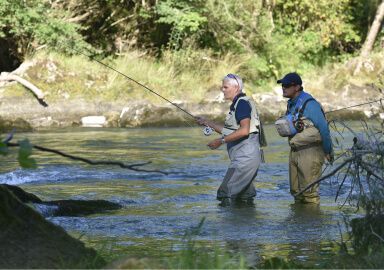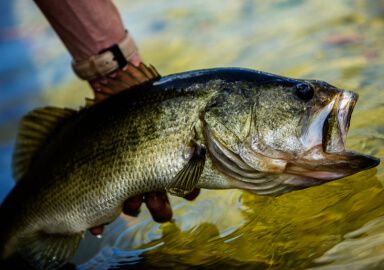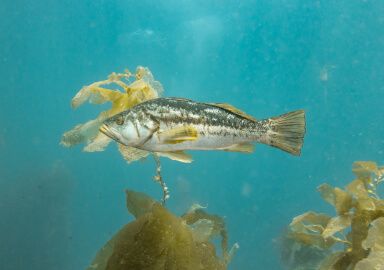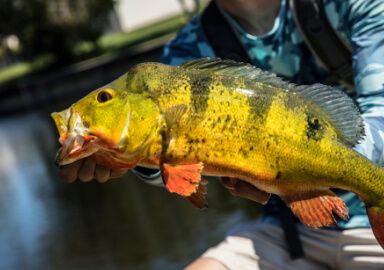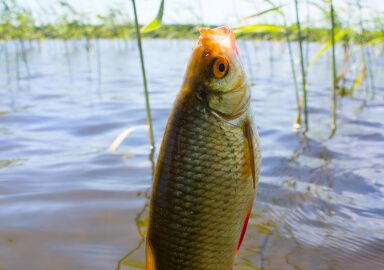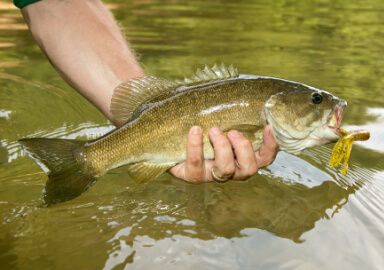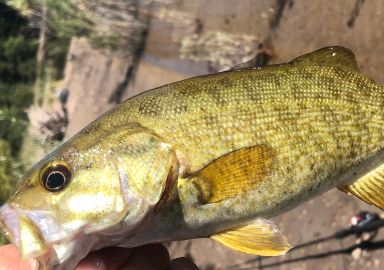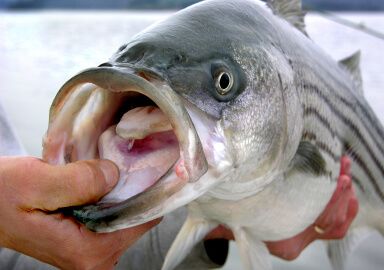White Bass
Small but important: the state fish of Oklahoma, the white bass is an abundant and popular fish found in the larger freshwater bodies of North America.
View 3 listings
3
listings
US $300
price starting from
1
countries
486km
to the nearest trip
Where and When?
The natural distribution of white bass is the larger rivers and lakes of much of central, northern North America. They were found from the Great Lakes south to the Rio Grande but have been introduced to many water bodies throughout the USA and into Quebec and Manitoba in Canada. White bass are the State Fish of Oklahoma and are popular for sport, food and controlling “pest” fish species and invertebrates.
There is a general upstream migration to shallow waters as temperatures rise, while the white bass return to deeper water in winter. The normal depth range is about 4.5-9 m. (15-30 ft.) but they can be found as deep as 15 m. (50 ft.). While they prefer shallow areas, they tend to be found close to structure and congregate in shoals from a couple of hundred to about 1 000 individuals. The species can be caught throughout the year, but the peak of their activity, and of angling, is in the warmer months.
About White Bass
The white bass, also called the silver or sand bass ((Morone chrysops), has long been used as a food source, and is now an important recreational fish species. The species has the usual “bass” shape with two prominent and separate dorsal fins and has a silvery white to pale green body with longitudinal darker stripes. The mouth is not large and has no sharp teeth. The species can be abundant and, while smaller individuals consume mostly smallish invertebrates such as copepods and daphnia, large white bass feed aggressively on small fish and larger invertebrates.
Most white bass are in the range 25-30 cm. (10-12 in.) but large specimens can reach 43 cm (17 in.) and a maximum mass of 3.09 kg. (6.8 lbs.). Sexes are similar in size and appearance. In the spring spawning season, they aggregate and spawn near the surface of slow-moving rivers or in shallow lake water during strong windy conditions. Eggs are sticky and sink slowly, attaching to rocks and branches. Juveniles gravitate to deeper waters as they grow. White bass can hybridise with striped bass and these fish are often specifically bred and introduced to waters for recreational angling.
How to Catch?
Even though they are not large or top predators, white bass are a very popular species for the new, young, recreational anglers, and even some experienced fishers develop a passion for them. They have a well-deserved reputation for feeding aggressively, fighting well and tasting good and this combination has created a small army of white bass enthusiasts.
Fly fishing can work, but most sport angling is by typical medium bass-type spinning equipment. Artificial lure fishing is very popular and productive using a wide variety of lures and methods. It's best to fish from a boat, as it allows the use of electronic equipment to locate and target shoals of fish in deeper waters. Vertical jigging works well in winter, when the fish are in deeper waters, while shore fishing is popular in warmer months.
Despite its small size and lack of strong teeth, large white bass often grab large lures aggressively, particularly around spawning season. Techniques and lures should be modified as the season progresses, and the fish move around and become more or less active. White bass may not provide a lifetime trophy fish photo but, for many anglers, they are a “staple” and provide endless fun, excitement and food for the whole family.




